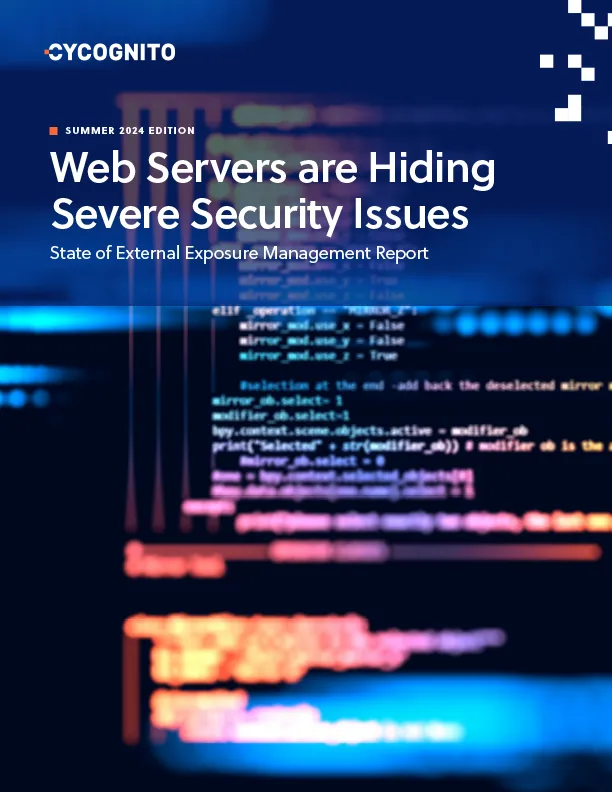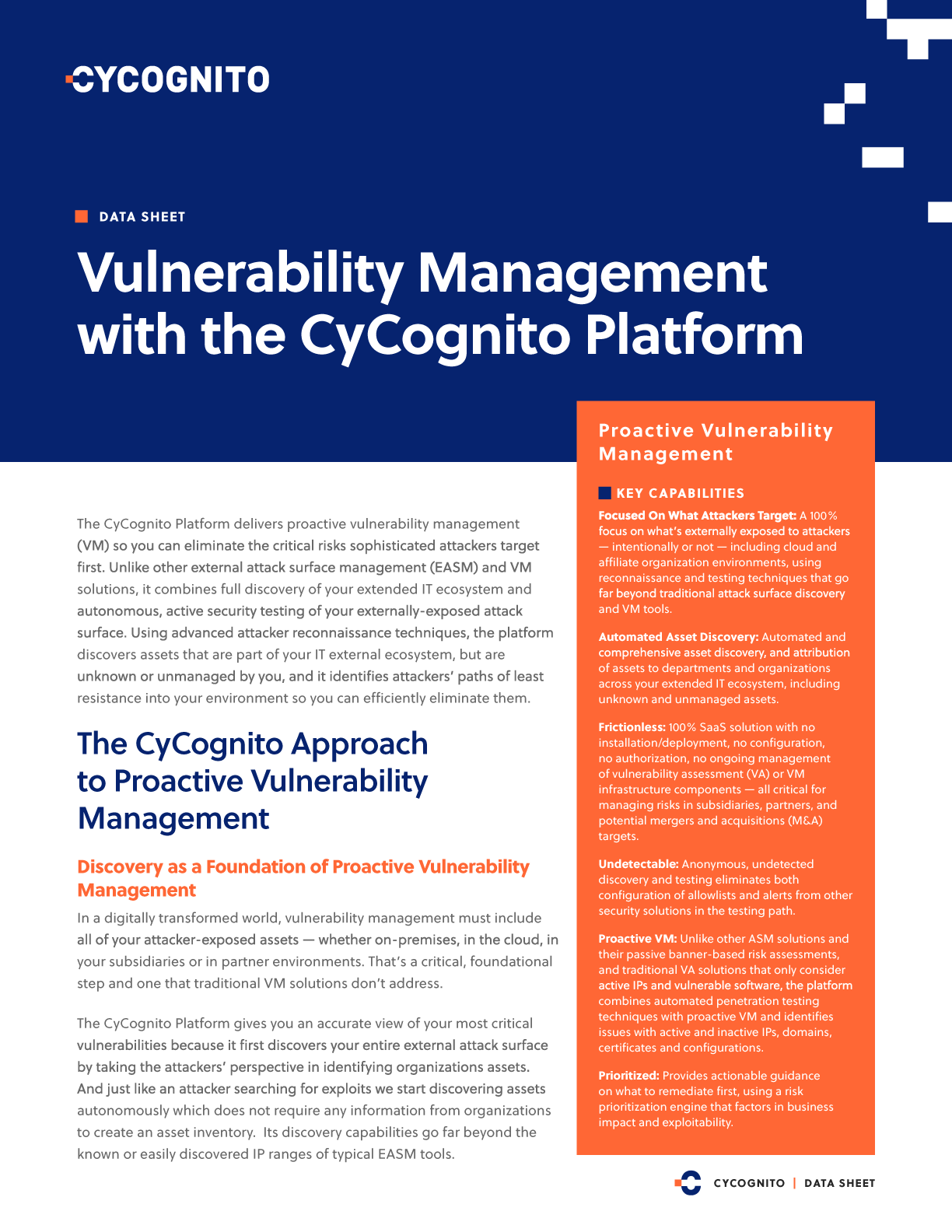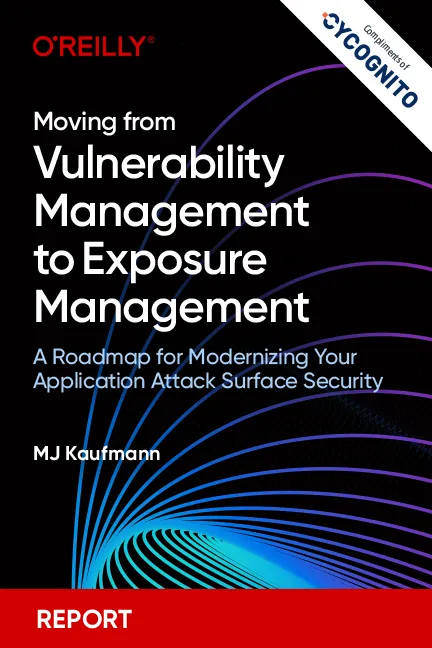CyCognito ended 2019 with bang by making two key announcements: The availability of the next-generation CyCognito platform and securing a total of $23 million in funding. These announcements caused a ripple among investor community and cybersecurity executives.
And the momentum keeps building…
As the new year began, we burst out of the gate by being named one of the “5 Cybersecurity Vendors to Watch in 2020” by TechTarget. Take a few minutes to read the article with its observations about emerging security technologies and prediction that the $53+ billion of global investments in cybersecurity companies will continue to grow.
The article highlights the premise behind CyCognito’s founding: that the best way to defend against cyberattacks is to see what potential attackers see. Says Rob Gurzeev, CyCognito CEO and Co-Founder:
“We understood and learned that this reconnaissance process is what gives attackers [an] advantage over the defenders every single time, and no matter how many tens of millions of dollars you invest in defending the assets you know, it’s the assets you don’t know or don’t control that will eventually be targeted by attackers,” Gurzeev said.
READ FULL ARTICLE ONLINE AT TECHTARGET >>
Learn More About Our Capabilities
Read our online data sheet to see how our discovery engine uses graph data modeling to map your organization’s full attack surface. Review our core capabilities, key features and what differentiates us from legacy security tools.
Identify attacker-exposed assets in your IT ecosystem for a complete view of your attack surface. Most organizations identify 30 to 300% more assets than they knew existed prior to using the CyCognito platform.
Risk-based Vulnerability Management
Maintain an updated, prioritized view of your attacker-exposed IT ecosystem and pinpoint critical exposures just as attackers do so you can focus remediation efforts on the areas of greatest risk.
IT Ecosystem Risk Monitoring
Discover and prioritize security risks introduced by your subsidiaries, partners, M&A candidates and cloud services. Risks are graded to help you identify which parts of your IT ecosystem leave your organization most exposed.
Raphael Reich, a former Vice President of Marketing at CyCognito, has helped bring innovative, category-defining security products to market for over two decades.











 Attack Surface
Attack Surface